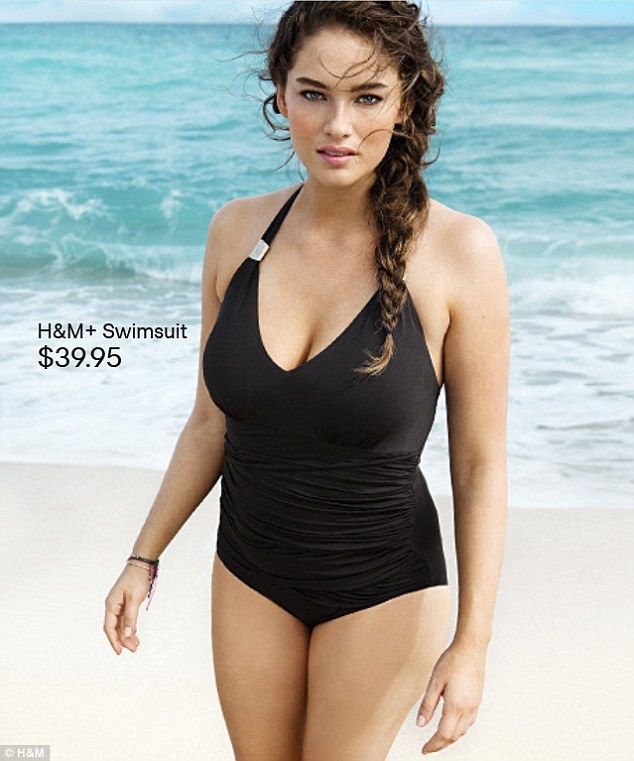"Not available in XL: Abercrombie & Fitch CEO Mike Jeffries accused of only wanting 'thin and beautiful people'" – The Independent (UK)This story is actually seven years old. It was back in January 2006 that Salon.com investigated the A&F company philosophy (including references to Friendster, LOL!). But the claims were revived in a recent Business Insider interview with retail pundit Robin Lewis.
"Abercrombie & Fitch CEO's ugly quest for attractive 'cool kids'" – Los Angeles Times
"Abercrombie & Fitch only want your business if you're thin" – New York Post
"Abercrombie CEO slammed for refusing to sell women's plus sizes" – Edge Boston
Lewis reminds us that in the Salon interview, Jeffries had said:
we want to market to cool, good-looking people. We don't market to anyone other than that. … Candidly, we go after the cool kids. We go after the attractive all-American kid with a great attitude and a lot of friends. A lot of people don't belong [in our clothes], and they can't belong. Are we exclusionary? Absolutely.Now some commentators – including Lewis – find this marketing strategy repugnant. At The Huffington Post, Andrea Neusner huffingtoned that as a parent of three "thin, attractive, all-American kids with great attitudes and lots of friends", she was so offended that she was donating their A&F clothes to charity and refusing to purchase more.
But A&F is perfectly within its rights as a retailer to define its 'target customer' however it wants. It's not in the business of pleasing everyone. It trades in a kind of sexed-up preppy aesthetic, in which shirtless, wholesome jocks and their girlfriends frolic in an eternally carefree, monied Ivy League youth. Kind of like what Facebook could've been if the Winklevii had had their way.



Lots of people seem to have the idea that clothing retailers are somehow conspiratorial in their sizing, deliberately gaming it to exclude those who don't fit the clothes, as it would be a 'bad advertisement' for the brand to let 'undesirable' people wear it. Kind of like jocks and mean girls bullying and ostracising nerds and fat kids.
That's just not how it works. Bad experiences with sizing and fit in shops are often the fault of poor customer service and unsympathetic retail design – in other words, the aspects of a clothing brand that have nothing to do with the actual clothes.
If Abercrombie & Fitch staff were trained to display a contemptuous, too-cool-for-school attitude and to belittle any shopper they judged to be 'not brand-correct', then that's an issue of customer service.
And if the store environment is alienating and intimidating, with shoppers made to feel like supplicants who have to prove themselves worthy to buy the clothes, then that's a store design and visual merchandising issue.
A given brand's sizing is actually based on the preferred size of the majority of customers. Any store's 'medium' size is always its bestseller; if a brand notices more 'smalls' or 'larges' being sold, that's a sign that its customer base is changing, and that the sizing needs to be tweaked.
While it may seem unfair to those who wear 'outlier' sizes, this is completely not a deliberate psych-out or an intimidatory or exclusionary tactic. And nor is it vanity sizing. It's an effort to streamline the costs of production so the brand is not wasting money making clothes that sit around on racks because they don't fit the average customer.
We often hear about how brands are pandering to the expanding market for plus-sizes by offering larger sizes, more cuts and mainstreaming plus-size models. For instance, Swedish fast-fashion brand H&M was recently praised for illustrating its swimwear using a plus-size model.

Plus-size model Jennie Runk models a pretty blah-looking H&M swimsuit
The media often present these actions as the brand's moral choices: choices that acknowledge the dignity and personhood of larger consumers, and that present the retailers as 'good guys'. But for the brand, sizing isn't a goodwill gesture; it's a marketing tactic. And a brand that clearly targets a particular consumer segment, then adjusts its sizing to fit these target shoppers, is making a strategic decision.
"Those companies that are in trouble are trying to target everybody: young, old, fat, skinny," Mike Jeffries said back in 2006. "But then you become totally vanilla. You don’t alienate anybody, but you don’t excite anybody, either."
No comments:
Post a Comment